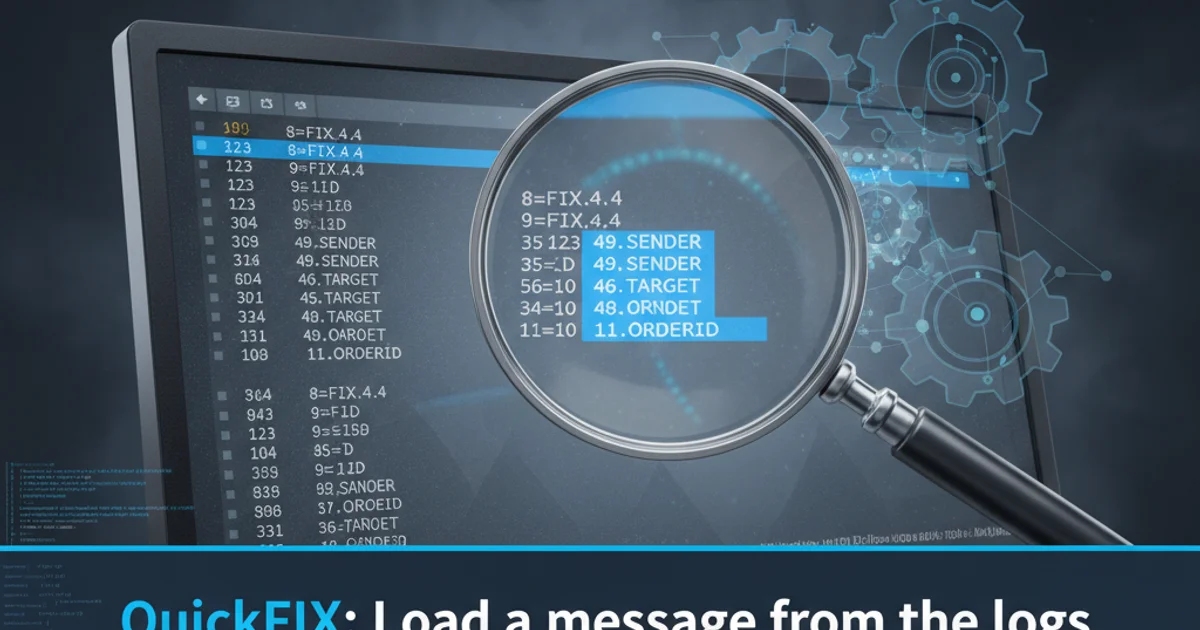Is putting external jars in the JAVA_HOME/lib/ext directory a bad thing?
Categories:
The Perils of JAVA_HOME/lib/ext: Why You Should Avoid It

Explore the historical context, technical reasons, and best practices for managing external JARs in Java environments, steering clear of the problematic JAVA_HOME/lib/ext directory.
The JAVA_HOME/lib/ext directory, once a common location for placing external JAR files, has largely fallen out of favor and is now considered a bad practice. While it might seem convenient to drop a JAR here and have it automatically available to all Java applications, this approach introduces significant risks and complexities that outweigh any perceived benefits. This article delves into why this practice is detrimental and offers modern, robust alternatives for dependency management.
Understanding the ext Directory's Purpose and Pitfalls
Historically, the ext (extensions) directory was intended for installing optional packages that extend the core Java platform. JARs placed here were automatically added to the classpath of all Java applications running on that JVM. This global visibility, while seemingly convenient, is the root of many problems.
When multiple applications or even different versions of the same application rely on different versions of a shared library, placing them in ext leads to classpath conflicts. This can result in NoClassDefFoundError, NoSuchMethodError, or subtle runtime bugs that are incredibly difficult to diagnose. Furthermore, it tightly couples your applications to a specific JVM installation, hindering portability and making upgrades challenging.
flowchart TD
A[Application 1] --> B(JVM Classpath)
C[Application 2] --> B
D[Application 3] --> B
B --> E["JAVA_HOME/lib/ext (Global Classpath)"]
E --> F["JAR A v1.0"]
E --> G["JAR B v2.0"]
H[Application 1 requires JAR A v1.0]
I[Application 2 requires JAR A v2.0]
J[Application 3 requires JAR B v1.0]
F -- Conflict --> I
G -- Conflict --> J
subgraph Problem
direction LR
K["Version Mismatch"] --> L["Runtime Errors"]
M["Dependency Hell"] --> L
end
E -- Leads to --> K
E -- Leads to --> MHow the JAVA_HOME/lib/ext directory can lead to dependency conflicts and runtime errors.
JAVA_HOME/lib/ext mechanism has been removed. While older JVMs still support it, relying on it for new development or even maintaining old systems is strongly discouraged due to the inherent instability it introduces.Modern Dependency Management: The Recommended Approach
Instead of relying on the global ext directory, modern Java development employs robust dependency management tools and explicit classpath configurations. These methods ensure that each application has its own isolated set of dependencies, preventing conflicts and promoting maintainability.
Build Tools for Dependency Management
The most common and effective way to manage external JARs is through build automation tools like Maven or Gradle. These tools allow you to declare your project's dependencies in a configuration file, which they then automatically download, manage, and add to the project's classpath during compilation and runtime.
<project>
<modelVersion>4.0.0</modelVersion>
<groupId>com.example</groupId>
<artifactId>my-app</artifactId>
<version>1.0-SNAPSHOT</version>
<dependencies>
<dependency>
<groupId>org.apache.commons</groupId>
<artifactId>commons-lang3</artifactId>
<version>3.12.0</version>
</dependency>
<dependency>
<groupId>com.google.guava</groupId>
<artifactId>guava</artifactId>
<version>31.1-jre</version>
</dependency>
</dependencies>
</project>
Example Maven pom.xml declaring dependencies.
plugins {
id 'java'
}
group 'com.example'
version '1.0-SNAPSHOT'
repositories {
mavenCentral()
}
dependencies {
implementation 'org.apache.commons:commons-lang3:3.12.0'
implementation 'com.google.guava:guava:31.1-jre'
}
Example Gradle build.gradle declaring dependencies.
Explicit Classpath Configuration
For simpler projects or when build tools are not an option, you can explicitly specify the classpath when running your Java application. This gives you precise control over which JARs are included and in what order, without polluting the global JVM environment.
java -cp "lib/my-dependency.jar:lib/another-lib.jar:my-application.jar" com.example.MyMainClass
Running a Java application with an explicitly defined classpath.
:) as a separator on Unix-like systems and a semicolon (;) on Windows.Modular Java (Java 9+)
With the introduction of the Java Platform Module System (JPMS) in Java 9, dependency management has evolved further. Modules explicitly declare their dependencies on other modules, providing stronger encapsulation and more reliable configuration at compile time and runtime. This effectively replaces the need for the ext directory entirely by providing a structured way to extend the platform.
// module-info.java
module com.example.myapp {
requires com.google.guava;
requires org.apache.commons.lang3;
}
Example module-info.java declaring module dependencies.